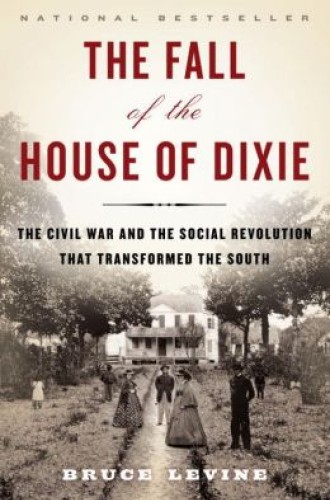The Fall of the House of Dixie, by Bruce Levine
Bruce Levine begins this compelling book with a prologue recounting Edgar Allan Poe’s famous story “The Fall of the House of Usher,” setting up an elaborate metaphor for the demise of antebellum southern society through the unintentional revolution wrought by the Civil War.
With chapter titles such as “Securing the Mansion,” “Cracks in the Walls Widen,” “A Ray of Light Shines Briefly through the Rafters” and “And the Walls Gave Way,” Levine uses the “Usher” analogy to suggest that white southern slave owners “resided in an imposing and outwardly sturdy structure” that even before the war “was already beginning to display deep fissures running through it”—fissures that “would widen” during the war “until the whole structure fell.”
The Fall of the House of Dixie fuses various strands of Civil War historiography. For the past generation, scholars have debated the question of who freed the slaves, and the traditional answer—Abraham Lincoln, the Emancipation Proclamation and the Union Army—has been challenged by those who argue for a self-emancipation thesis, suggesting that the slaves’ own actions during the war produced the conditions under which reluctant Union policy makers had no choice but to press for freedom. Levine deftly weaves together these explanations, showing how they are all connected.





